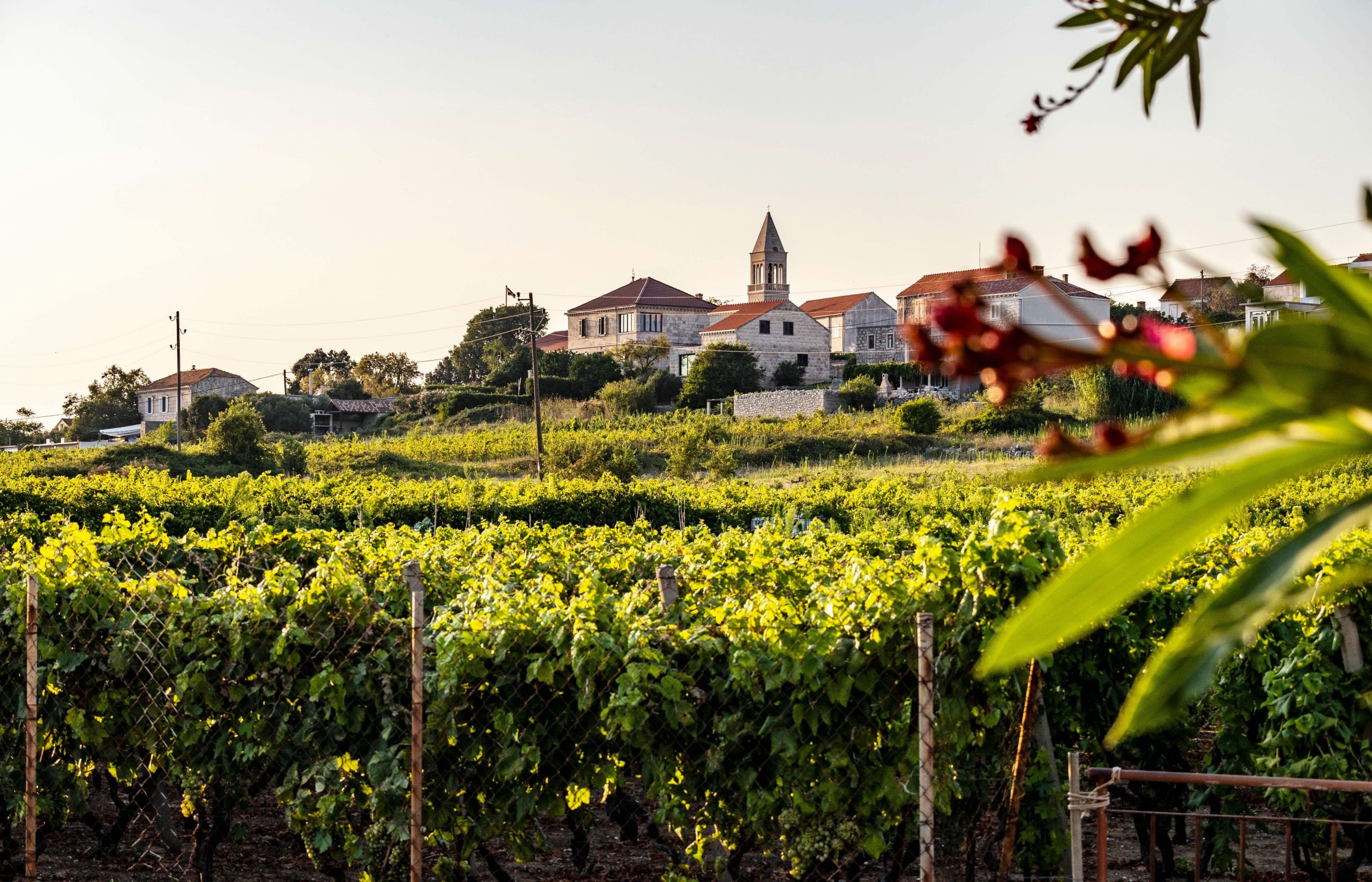
Wonderful vineyards surrounding old Vela Glavica hill at the town of Lumbarda on Korcula island, Croatia with St. Rocco church rising above stone houses during summer sunset
Colloquially dubbed “The Pearl of the Adriatic,” Dubrovnik, Croatia is a longtime celebrated European destination. This Balkan gem is touted for its mild Mediterranean climate and its UNESCO-designated Old City perched on pristine, azure waters. (As you stroll through Dubrovnik, the Game of Thrones theme song might start drifting through your head, as many of the famed King’s Landing scenes were filmed in the city.)
With so much going on in the area, its robust wine scene manages to float under the radar. In fact, Dubrovnik’s wine tourism offerings have blossomed in recent years, though they remain an underrated aspect of its appeal. “With significant investments in tasting rooms and facilities, especially by local winemakers, Dubrovnik’s wineries are now more welcoming than ever to wine enthusiasts, especially visitors from the U.S., seeking to discover Croatian wines,” Denis Jazvin, head sommelier at Adriatic Luxury Hotels, explains.
Croatian viticulture has roots as far back as 2,500 years, so let’s dig into this venerable wine region that still feels like a hidden discovery.
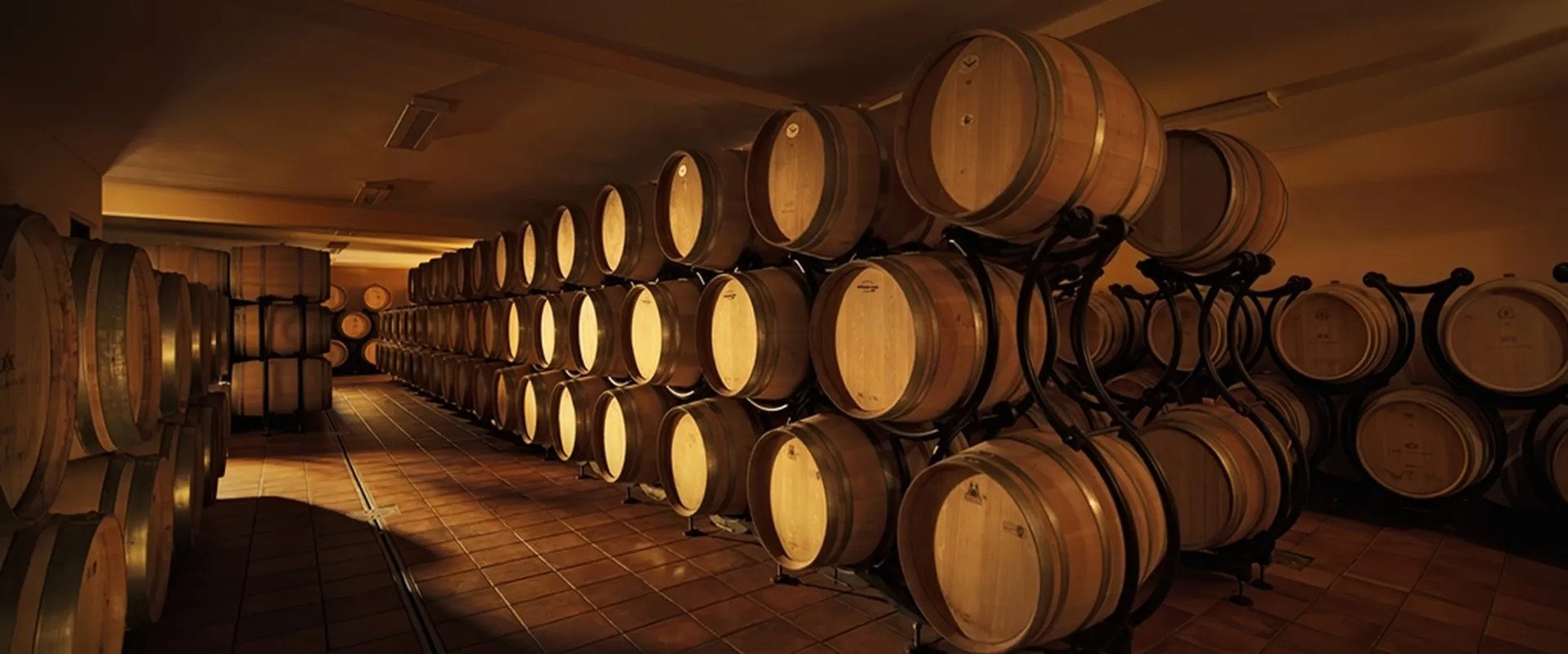
Korta Katarina
Croatian Wine 101
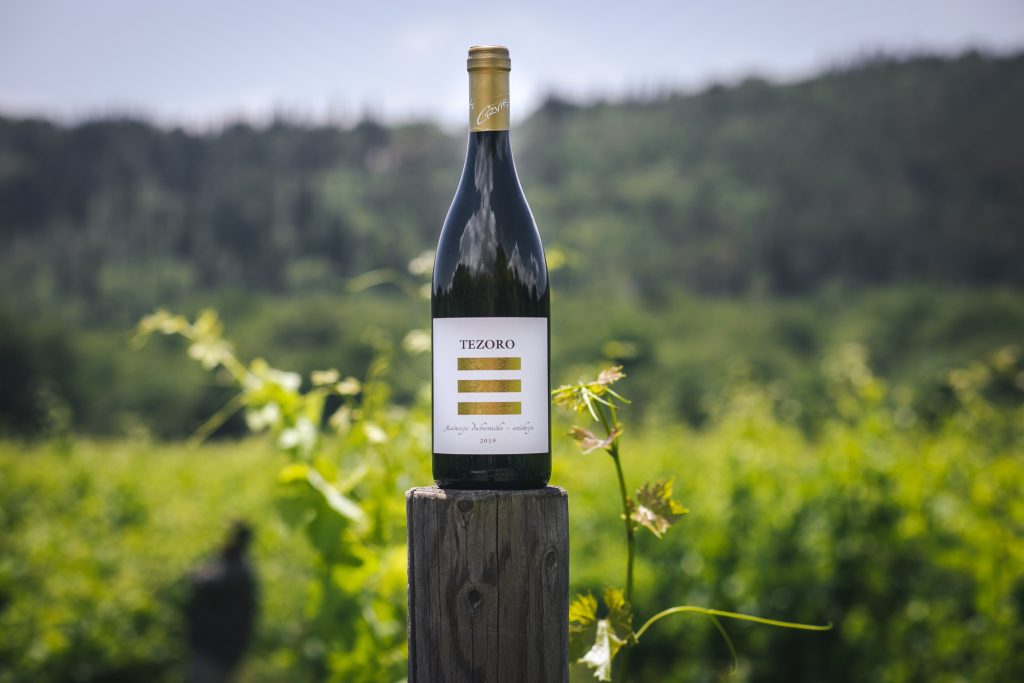
On the whole, Croatia has 1,700 registered wine producers with 33,000 hectares (roughly 82,000 acres) of grapes planted throughout the country. Nearly half of these viticulture areas can be found in the continental region and half in the coastal region (where Dubrovnik is located). More than 200 varietals are successfully being cultivated, including 60 indigenous varietals.
“Dubrovnik, part of Croatia’s renowned South Dalmatia wine region, is celebrated for its distinctive, high-quality wines,” says Jazvin. “Croatian wine, more broadly, has a rich heritage, with winemakers taking pride in cultivating unique varieties. Dubrovnik itself, surrounded by scenic vineyards and coastal views, highlights these native grapes—such as Plavac Mali, Pošip, and Malvasija Dubrovačka,” he adds. These are the three most iconic varietals produced in South Dalmatia.
According to Mirena Bagur, founder of Croatian Premium Wine Imports, an online wine shop, “Plavac Mali has been proven by UC Davis [to be] a descendant of Zinfandel. . .this wine is typically a dark ruby color and pairs great with grilled red meats or mushroom risotto.” The other two are white wines—Pošip, which originated on the island of Korčula and is now grown throughout Dalmatia, and also Malvasija Dubrovačka, a rare version of Malvasia.” The latter has been famously served as welcome wine for diplomatic visitors to Dubrovnik throughout the centuries. “The Dubrovnik Mayor Franković is still honoring that tradition,” she explains. “These wines are produced in several styles [and] pair well with seafood overall, particularly with locally farmed oysters in Mali Ston.”
Now that we understand the basics of Dalmatian wine, it’s time to plan a visit. Dubrovnik is a wildly popular destination during the summer months, but Jazvin suggests a springtime trip. “Spring (late April to May) is ideal. During this time, fresh white wines are released, allowing visitors to enjoy crisp, new releases, while aged reds continue to develop in the cellars, adding a unique dimension to the experience,” he shares. Bagur agrees. “For wine lovers visiting Dubrovnik, the best time to visit is Spring. The weather is beautiful and perfect for walking the Old City and vineyards. Also, winemakers have time then to devote [themselves] to visitors and proudly share their experiences in cellars and stories about winemaking, attention that is harder to get in the Fall due to harvest,” she adds.
Get ready to enjoy three lovely days in Dubrovnik with our ultimate luxury wine-focused itinerary.
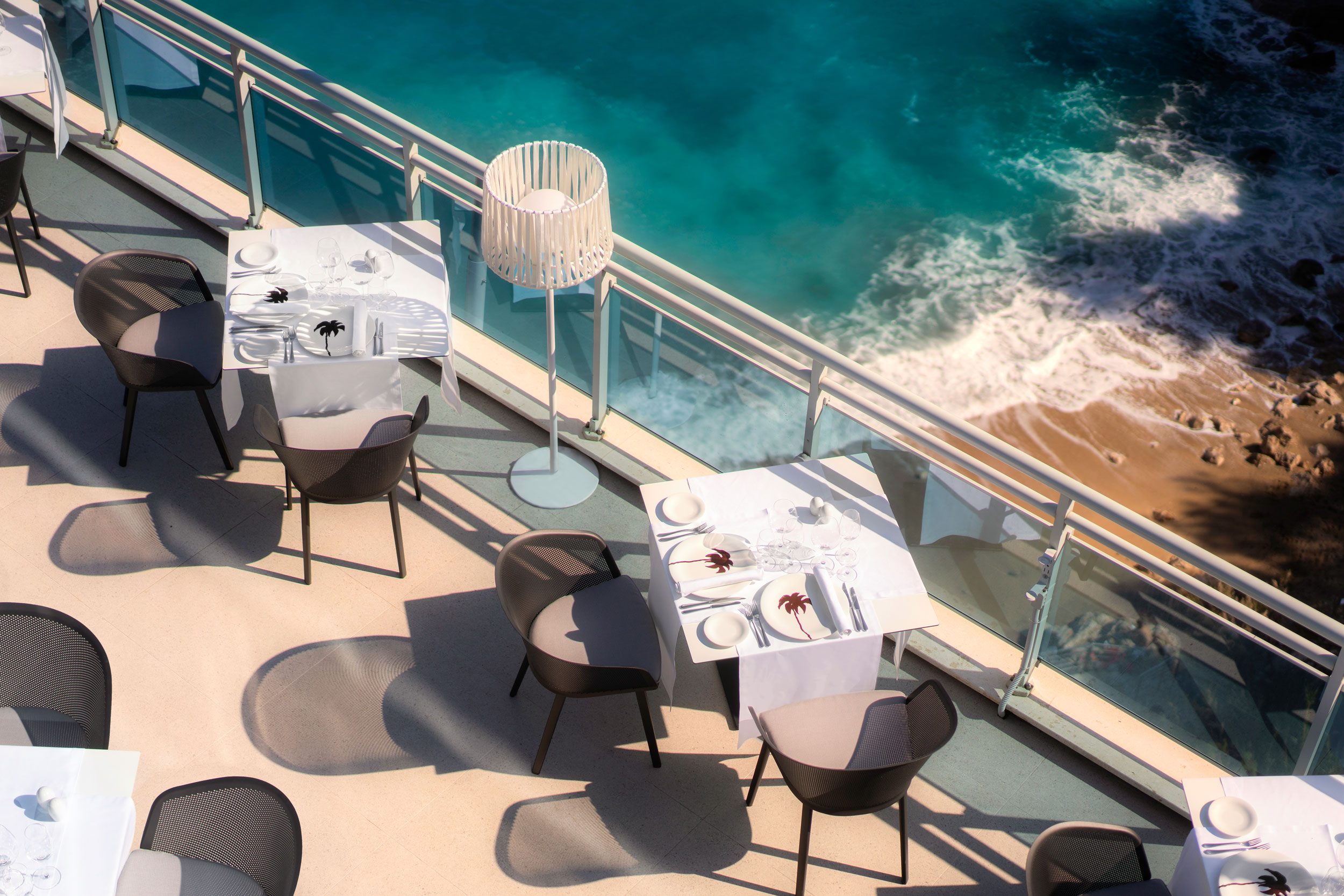
Hotel Belleveu Dubrovnik
Day 1: Wine in the City
A museum of wine? Yes, please. Kristin Vuković, travel writer and author of the novel The Cheesemaker’s Daughter, set on Croatia’s island of Pag, shares, “Just outside Pile Gate, the newly-opened Dubrovnik Wine Museum—housed in an 18th-century aristocrat’s summer residence—offers an education in Dalmatia’s native varieties and winemaking history.” Afterwards, Vuković suggests indulging in a glass or two on their panoramic terrace overlooking the Old Town. For a guided tasting, “an old favorite of mine is D’vino, a casual wine bar on a cobblestone side street that pours more than 50 Croatian wines by the glass,” she says. Try the owner led offering, called “The One with Da Boss,” for the best experience. Pro tip: Don’t forget to sip, swirl and spit, because there’s many more wine bars to experience throughout the area.
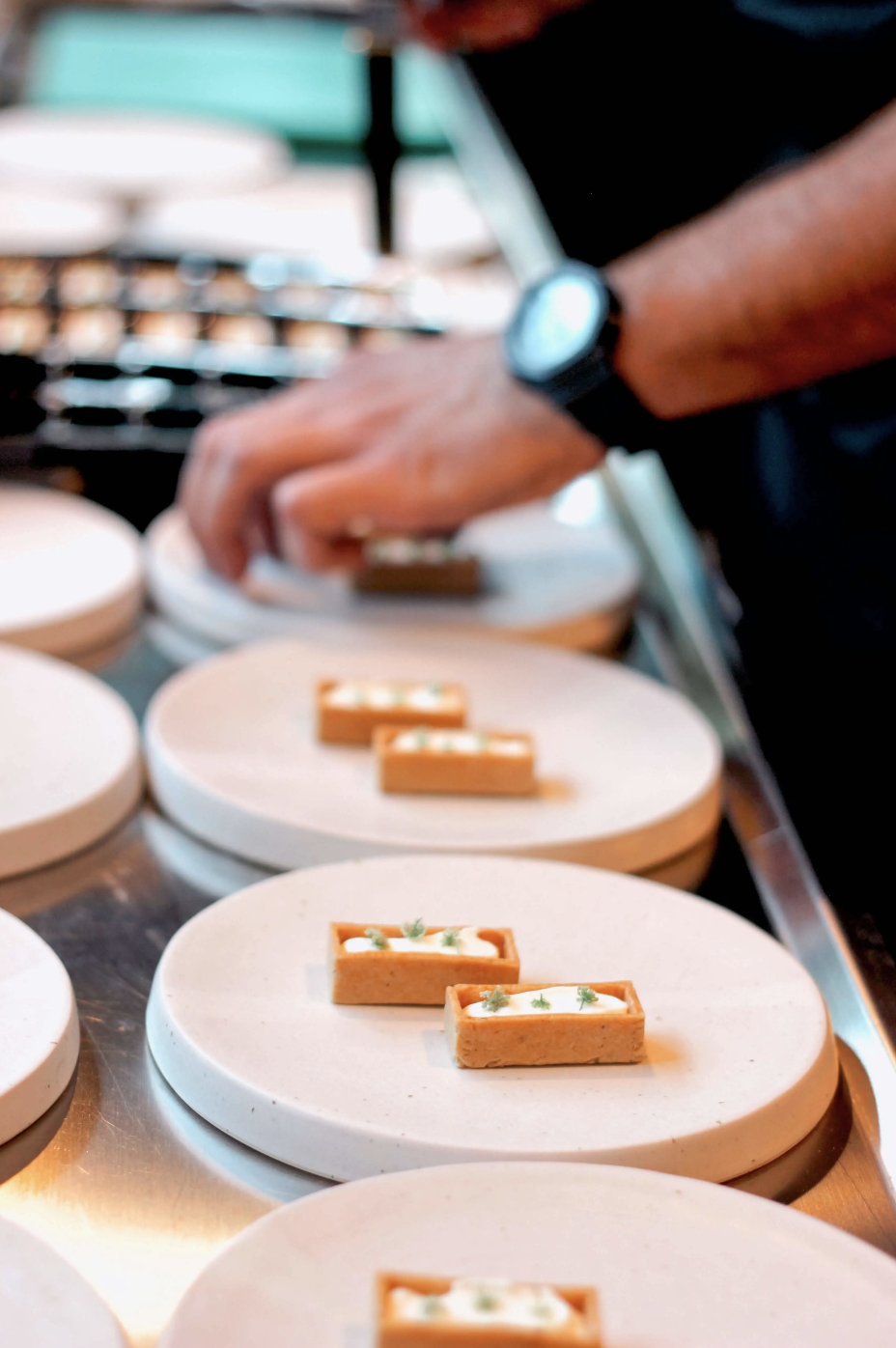
M’Arden
“Last time I was in Dubrovnik I became smitten with M’Arden (derived from “Mediterranean garden”), a new wine bar on a hidden terrace in Dubrovnik’s Old Town,” Vuković notes. “To get there, you walk up cobblestone steps and through a green door with an Apartman sign, passing a few courtyard apartments. This tucked-away oasis with views of the Old Town’s medieval stone walls is truly magical. They serve indigenous Croatian grape varieties and natural wines in a chill setting, plus small-plate Dalmatian specialties,” she expands. “Outside the Old Town, don’t miss Fratellos Prosecco Bar, with its sweeping views of the Adriatic Sea,” the travel pro states. Sommelier Jazvin also suggests Hotel Bellevue Dubrovnik Wine Bar and Bakus Wine Bar, noting their excellent portfolio of local wines and wine tasting flights.
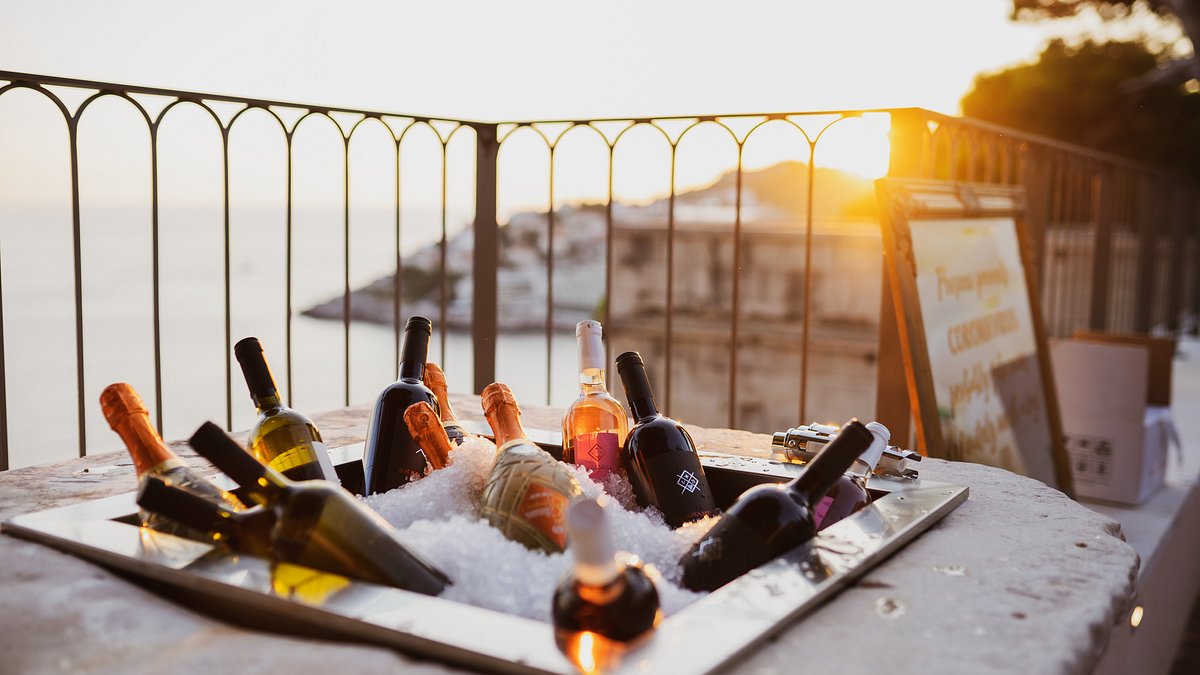
Fratellos Prosseco Bar
After imbibing, lean into luxury on your first evening with a fancy dinner out at the only Michelin-starred spot in Dubrovnik, Restaurant 360. Homegrown chef Marijo Curić expertly combines local ingredients with Asian techniques, showcasing the flavors of Dalmatia on two distinct tasting menus. The wine list strongly favors Croatian labels, so add on a wine pairing to sample even more wine from the region and beyond. This popular spot is also celebrated for its iconic view of the old harbor. As with many Michelin eateries, snag a reservation well ahead of time to make sure you can get in.
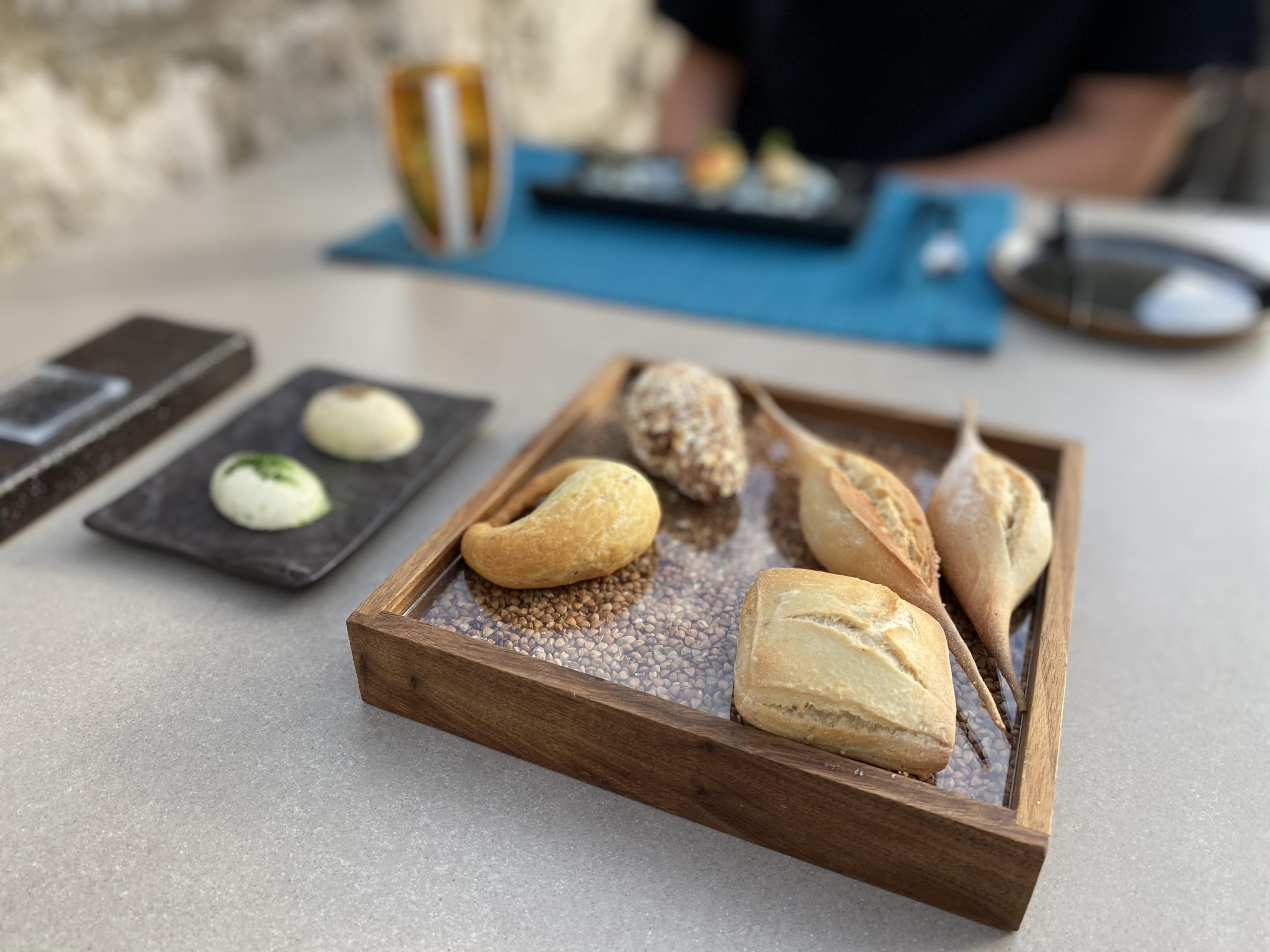
Day 2: Vineyard Visit and Cavtat Evening
Getting out of the city to see where the grapes are grown is the ideal way to spend your second day in the Dubrovnik region. Head to the Konavle region, about a 30-minute trip, to get started. According to Jazvin, at Adriatic Luxury Hotels, “concierges can arrange private tours of the best wineries, such as Crvik in Konavle. These guided experiences allow guests to explore the winemaking process firsthand, taste premium wines directly from the source, and understand the rich history behind Croatian culture,” he says. Don’t try to visit more than two or three wineries in a day, though, as it’s best to slowly learn, enjoy and hang with the winemakers instead of rushing around. Beyond Crvik, Jazvin also suggests checking out Karaman, one of the best-known wineries in the area. Try their signature wine, Malvasia of Dubrovnik, as well as Prošek, a traditional sweet wine of Dalmatia. Another great stop, if time allows, is Dubrovnik Cellars Winery (Dubrovački podrumi), a favorite of sommelier Jazvin.
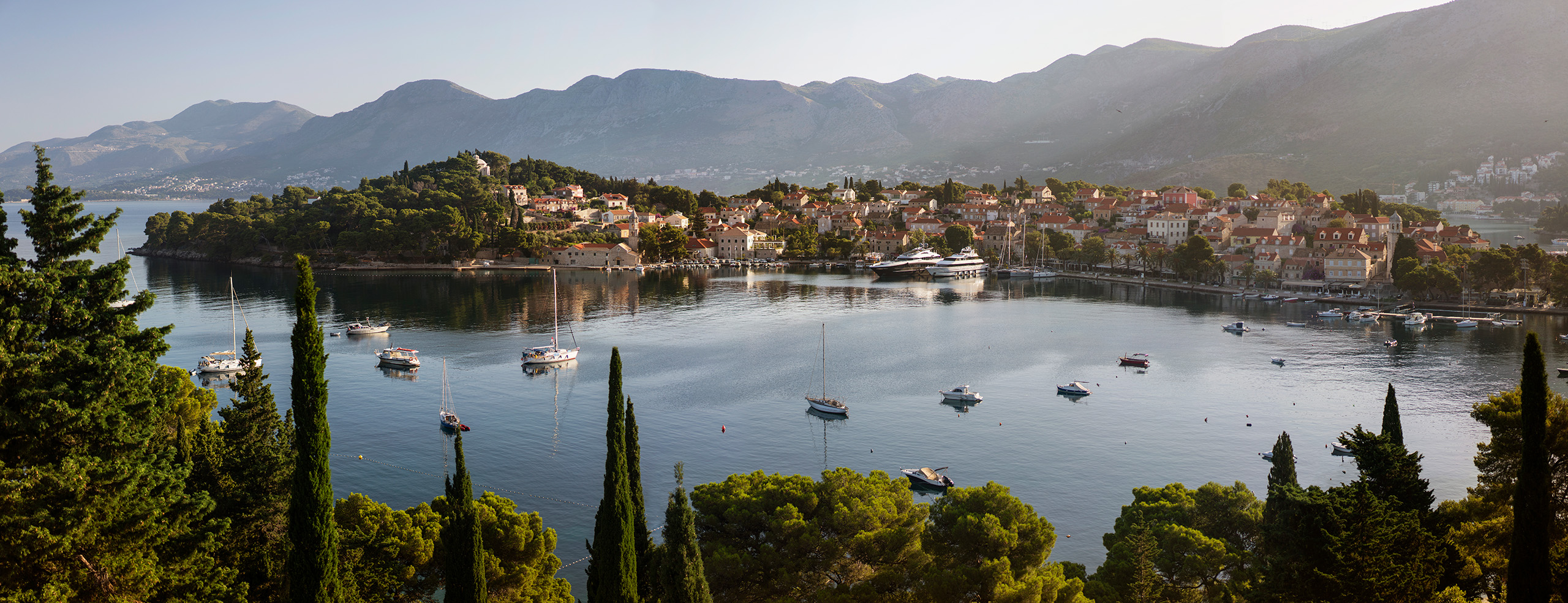
After a day of tasting, head to the charming seaside enclave of Cavtat, a pretty small town backdrop for additional wine exploration and dinner. Begin with a guided wine tasting at Hotel Supetar Cavtat Wine Bar. Choose from a full tasting of six wines or an abbreviated flight of three, all from Croatia. The wine tasting experience includes pairings with local cheeses like smoked cheese with fig jam, cow cheese stuffed with sweet chili peppers, and olive oil marinated sheep’s cheese with local olives. Then, head outside to the terrace at the Hotel Supetar Cavtat Restaurant to dine al fresco with Adriatic views. Try the roasted duck breast with sweet potato puree and the whitefish filet with local olive oil; both are signature dishes at this superb eatery.
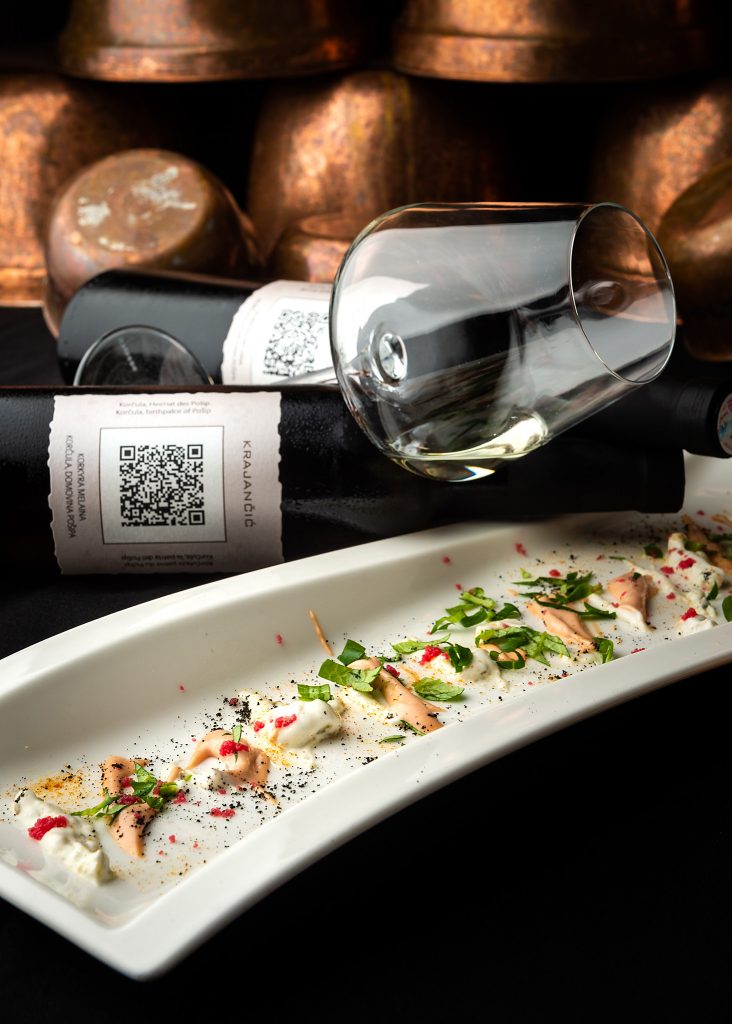
Winery Krajančić
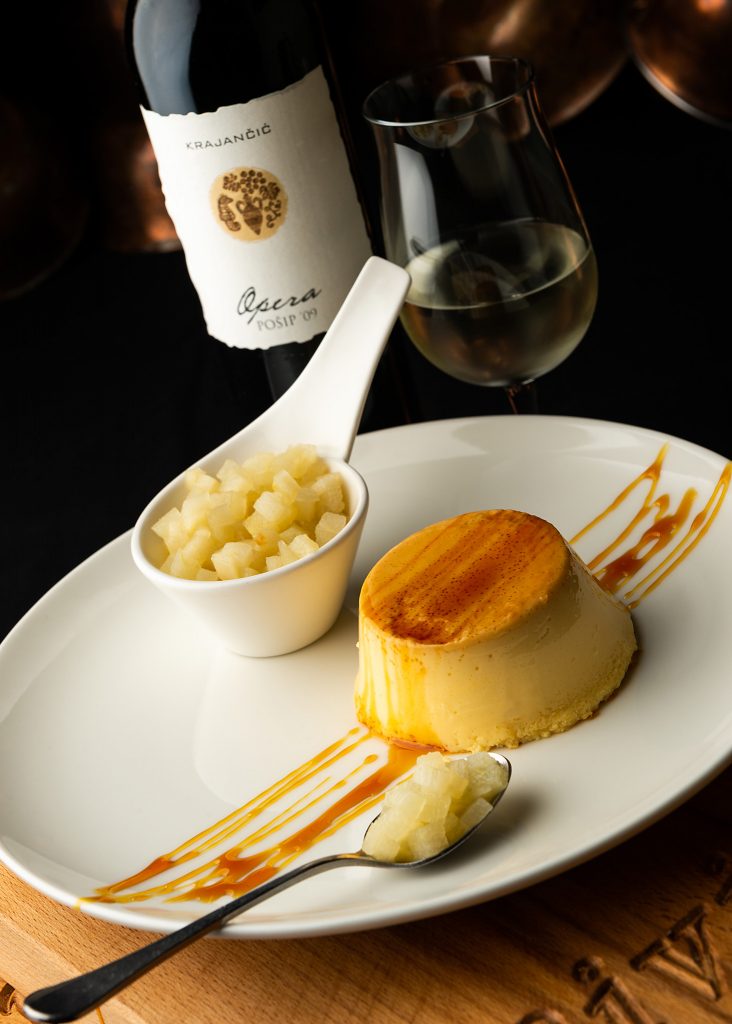
Dejanhren Rivica
Bonus: If you have extra time in the area, consider an additional winery day later on in your trip. Jazvin recommends the island of Korčula, which is roughly a two-and-a-half-hour trip up the coast from Dubrovnik. Remember, Pošip, one of the region’s iconic varietals, is native to this island. A unique and important grape, Pošip was also one of the first white wine varieties to be protected by Croatian law. Be sure to try Grk here too, another beloved local wine. The sommelier’s favorite spots in this area include Cebalo, Black Island Winery, Bire Winery, Zure and Winery Krajančić.
Day 3: Oyster Day Trip and More Vines
For your third day, head north for an oyster experience in the Bay of Mali Ston. Visitors can expect a scenic boat ride to a floating oyster farm, plus a tasting of fresh oysters and steamed mussels. Organize your tour with Bota Šare or Mali Ston Oysters. “It’s a one-of-a-kind experience where you can taste oysters you pulled yourself from the sea. People in the area are known to simply pour some Pošip into the oyster as its mignonette,” explains Mirena Bagur of Croatian Premium Wine Imports. Be sure to try the local grappa, too. Živjeli!
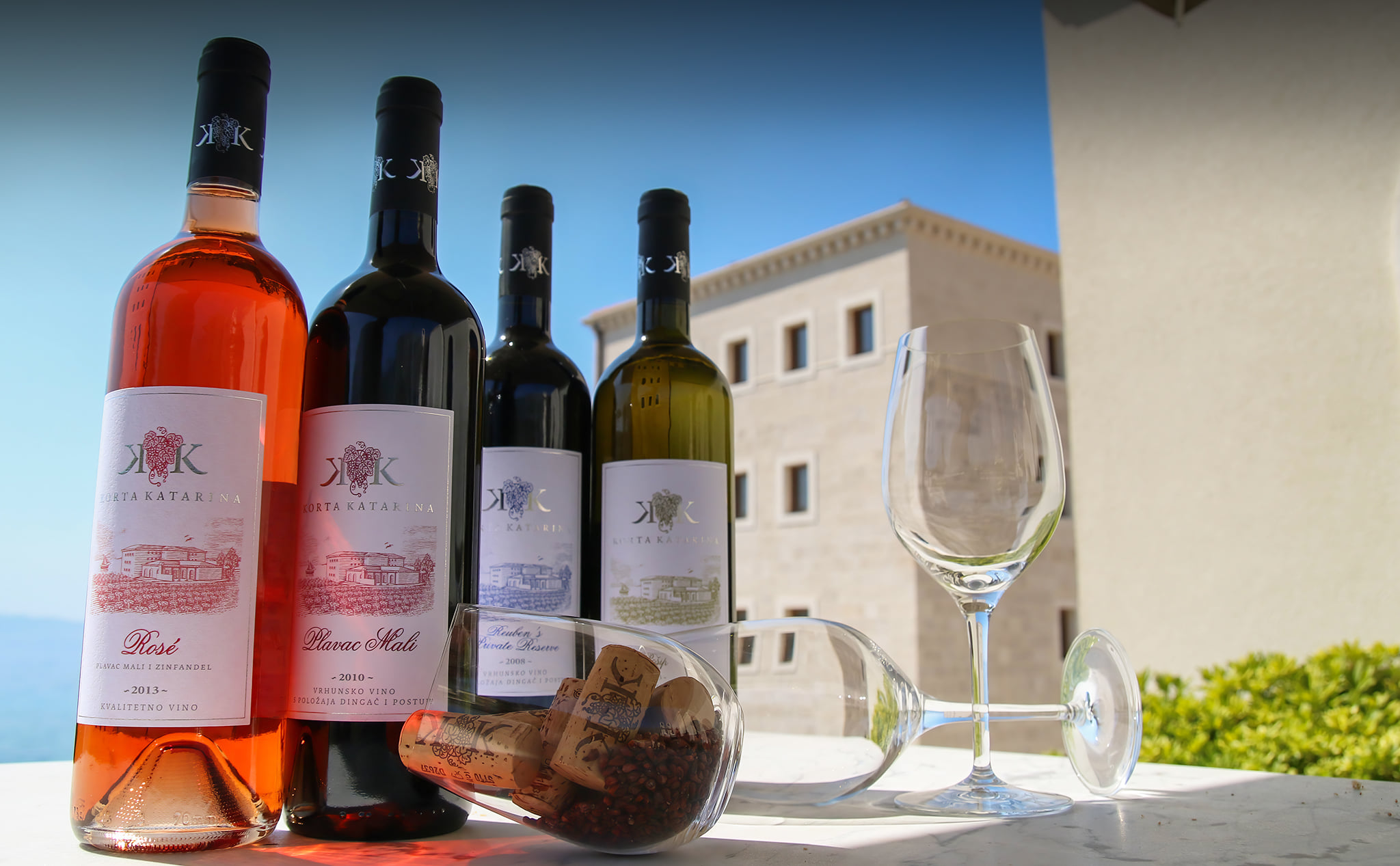
Korta Katarina
Since you’re already out of the city, “don’t miss seeing Pelješac peninsula’s dramatic vineyards just an hour north of Dubrovnik, where you can also visit spectacular wineries,” says Vuković. “Some of my favorites are Saints Hills, Korta Katarina, Grgić Vina, Miloš. . .I could go on and on.” Book any winery visits in advance. Or, if you’re looking for an organized wine tour, “you can’t go wrong with the Dubrovnik-born wine expert Bozidar Jukic, who takes Croatian wine education to the next level,” Vuković opines.
Head back to the city for your final meal (and nightcap). There’s truly no better way to end any Dubrovnik trip than a dining experience at Nautika. Be sure to get a reservation ahead of time for this beautiful restaurant perched above the sea; its terrace boasts the best views in town. Dishes like Beef Charolais Carpaccio, Adriatic Soup with mussels and white fish, and Tortellini with Black Istrian truffles are sure to delight. Plus, their massive wine list, featuring many local picks, is expertly curated—a divine ending to a wine lover’s trip to the Dalmatian Coast.
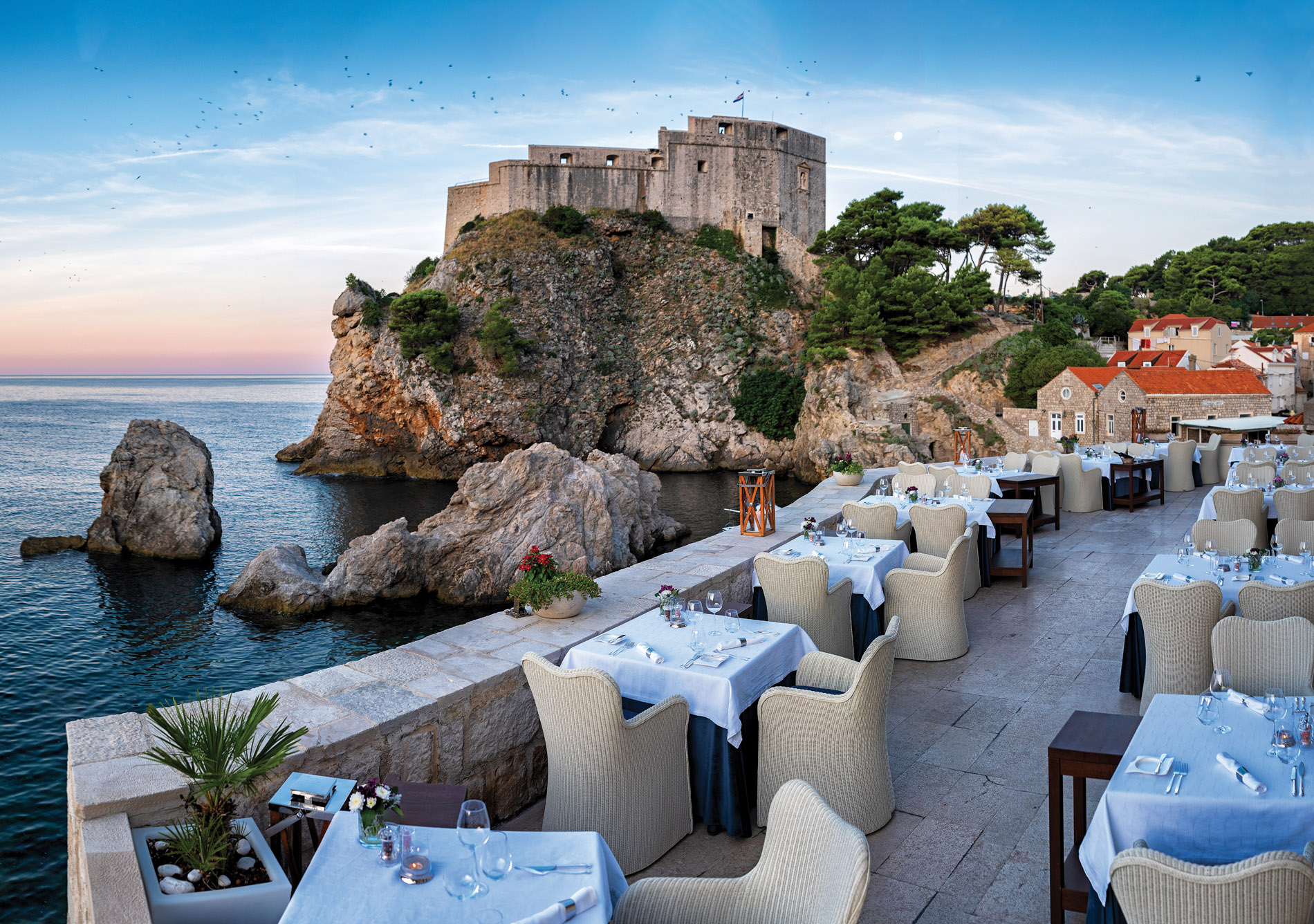
Nautika


